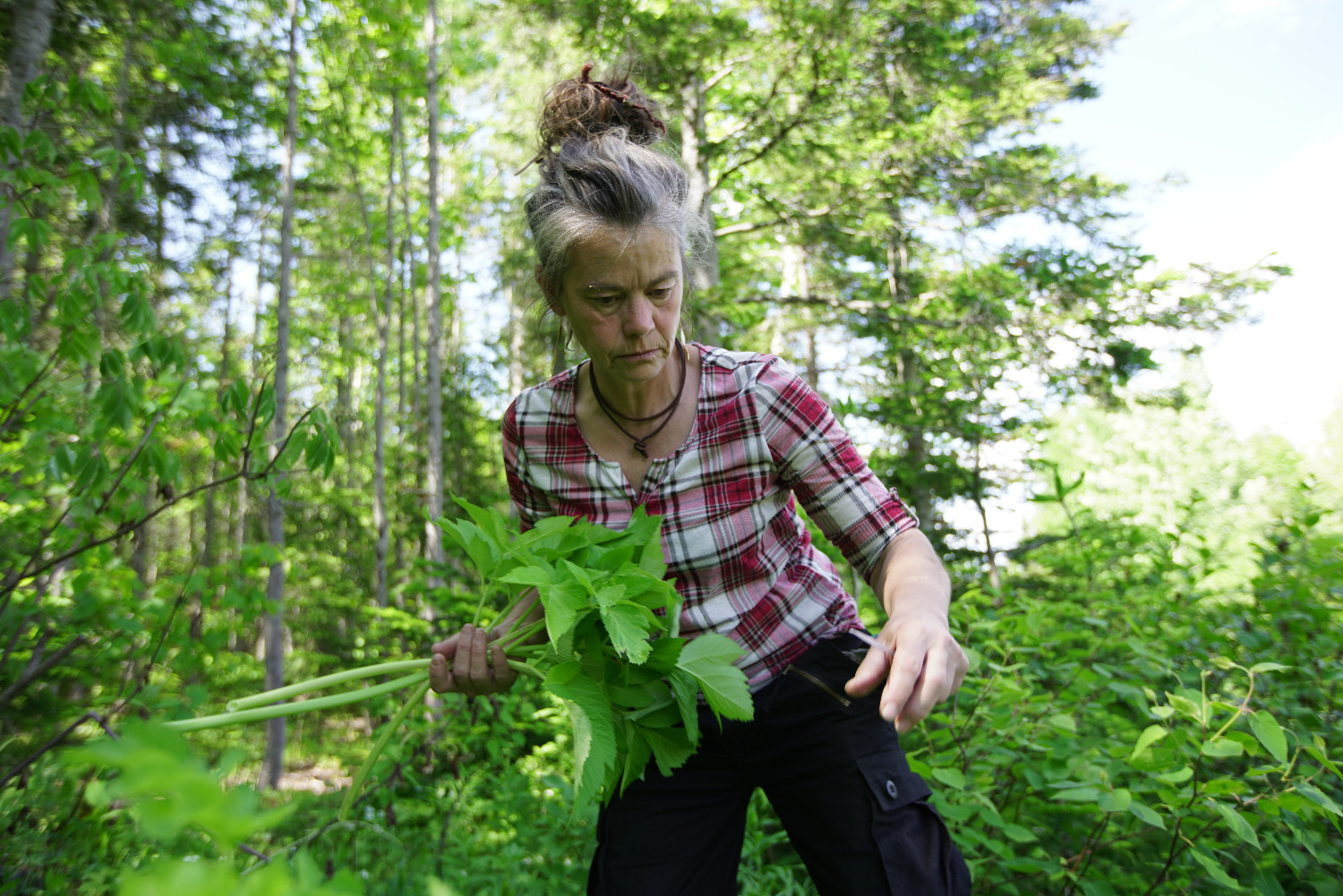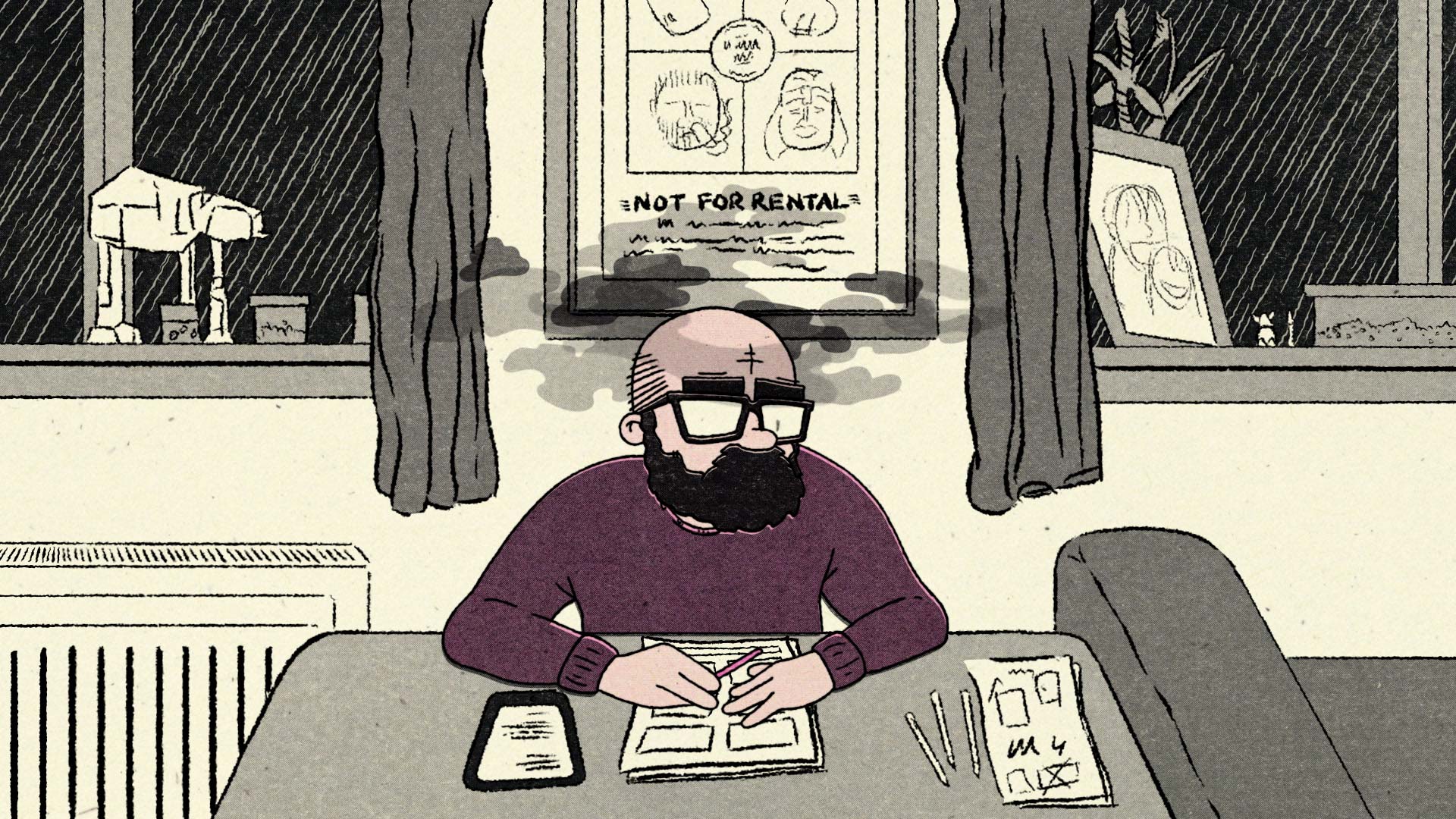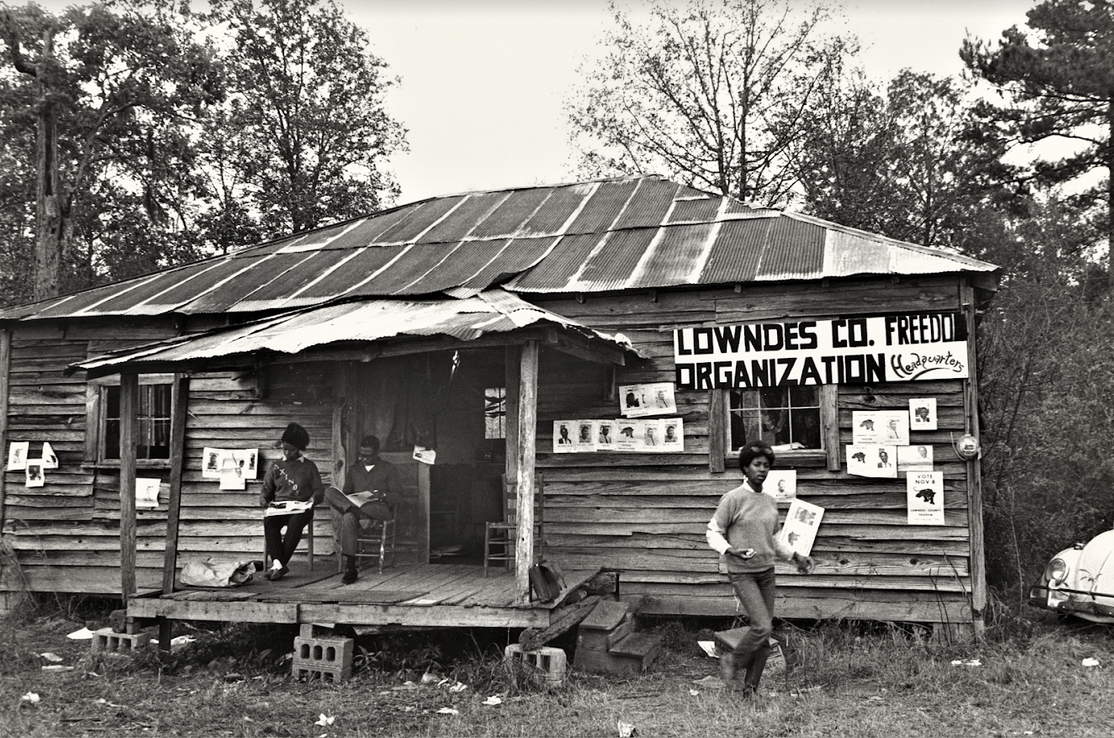Family of the Forest
(Canada, 85 min.
Dir. Laura Rietveld
Do the families that sow together grow together? Laura Rietveld (Okpik’s Dream) considers the longevity of life off grid in Family of the Forest. This doc observes the all-in-the-family work ethic of Belgian ex-pats Gérard Mathar and Catherine Jacob. The couple came to Canada in order to answer the call of the wild. Rietveld tells their story of establishing a life in the boreal forest of Quebec’s Gaspé Peninsula. Gérard and Catherine share how they bought 22 acres of land for the price of a car and built a haven in which their family could live off the land. Without romanticising their lifestyle of self-sufficiency, Rietveld offers an honest portrait of what it means to give back to the land on which we lay our roots.
The film captures the family’s story at an important moment. Gérard and Catherine have three sons: the inquisitive Côme, restless Ossyane, and rebellious Jonas. The busybody parents spend their leisure hours felling wood, clearing land, and building three homes for the boys. They assume their kids will also want to raise families here and expand the foraging empire.
While Rietveld observes the boys tending to their daily labour on the farm, candid interviews with the family members reveal a change in seasons. Côme, the eldest son, prepares for post-secondary education. He loves tending to the animals at the farm and working in the garden. The gentle soul Rietveld captures seems like the perfect homesteader raised in Gérard and Catherine’s image. However, as Rietveld accompanies him to the local college, he shares his desire to study history. After working with his back and hands, Côme wants to exercise his mind. His forward-looking parents, while surprised, carry on: there’s simply too much work to permit distraction.
Salt of the Earth Aesthetics
By sharing the story with the parents and the sons, moreover, Rietveld unpacks the complexity of the decisions ahead. The boys clearly cherish the life they have. They’re simply asking if there’s more.
The film also shows the stakes for Gérard and Catherine. Life of self-sufficiency is hard work and be arduous as they age. The boys joke that their parents have a different philosophy of relaxation while always having 36 jobs on the go. Their “down time” is building beds and houses for the boys.
The film nevertheless captures a loving family portrait as the sons cherish the work with which their parents raised them. Life in the forest is hard, honest labour. Rietveld chronicles the story with the changing of the seasons as the family readies for winter. All hands pitch in to fulfill orders for their shop, Gaspésie Sauvage to pay the bills. However, they work at a difference pace that one would never see in urban centres. This is the kind of place a sign hangs on the shop door advising, “Simply leave your money in the box.”
Moreover, painterly cinematography makes wonderful use of natural light to convey the warmth of life on this farm. Episodes follow the family with the cadence of a waking day. They rise and rest with the sun, tilling their gardens and harvesting their goods. There’s a different rhythm to this life and Rietveld invites audiences to inhale a deep breath of fresh forest air. Excursions to the forest illustrate the bountiful riches of mushrooms at their feet, while the richly layered soundscape conveys a sense of serenity evoked by this lush greenery.
All the Time in the World?
Meanwhile, the film illustrates the fruits of their labour. As Gérard butchers the family cow, Hippolyte, and sections her meat into freezer bags labelled with her name, he explains to Rietveld how one cow provides enough beef for a year. Washing cheese rinds, kneading bread, and pickling preserves for winter are communal chores. As the film looks back to the construction of this boreal dynasty, it conveys an intimate connection between hands and the Earth. This work, simply put, must be shared in order to flourish.
As family portraits go, Family of the Forest will especially appeal to fans of the festival circuit hit All the Time in the World. This film offers a companion of sorts to Suzanne Crocker’s account of her family’s one-year experiment living off-grid up north. Both films remind audiences of the deep connection to be had with nature and the freedom of escaping the hustle of urban life. However, Family of the Forest also asks if such life truly is an escape if it requires 24/7 commitment. There’s a difference between a year-long trial of unplugging and a complete lifestyle commitment.
Whether Côme, Ossyane, and Jonas stay or go remains to be seen, but there’s clear success to the experiment. The boys speak of their gratitude to their parents and their appreciation for the work ethic and family bond the instilled within them. For all the weight entailed within the boys’ impeding decisions, there’s refreshingly little drama. Instead, the film immerses audiences in the sights, sounds, pace, and rhythms of the world that Gérard and Catherine created. If this is what they want from life, the answer’s up to them.
Family of the Forest screened at the 2022 Windsor International Film Festival.












